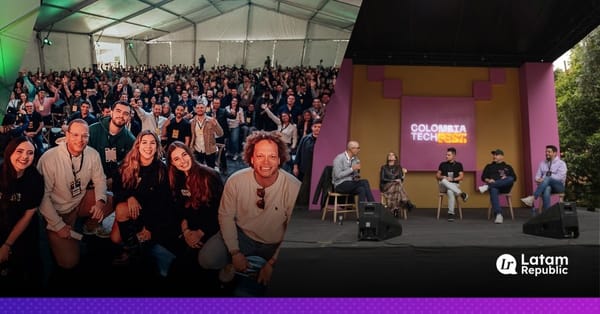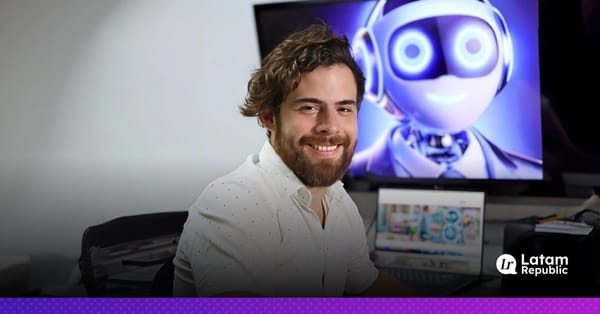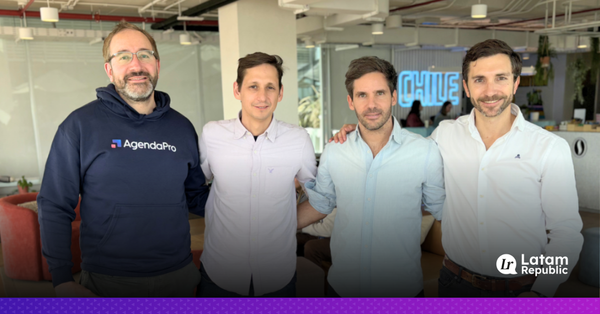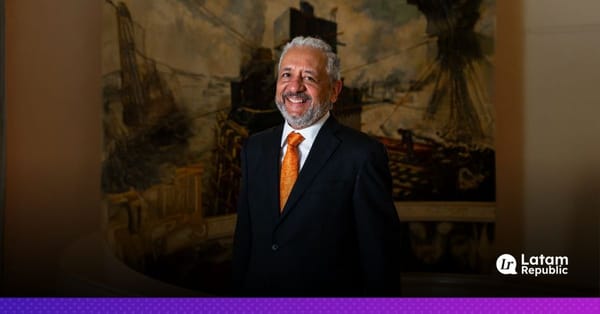1% of Mexico Captures 35% of Income as Inequality Persists
A recent analysis of the 2024 National Survey of Household Income and Expenditure (ENIGH) reveals that the top 1% in Mexico holds 35% of the country’s total income, earning 442 times more than the poorest 10%.
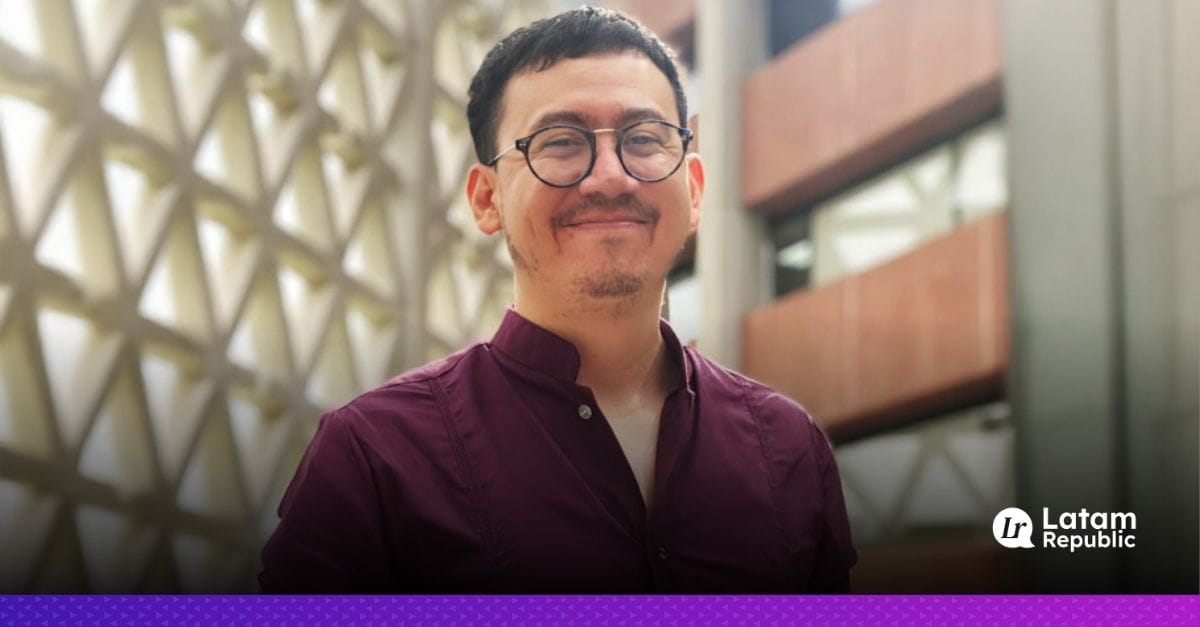
A recent analysis of the 2024 National Survey of Household Income and Expenditure (ENIGH) reveals that the top 1% in Mexico holds 35% of the country’s total income, earning 442 times more than the poorest 10%. The study, conducted by Oxfam Mexico and the Institute for Studies on Inequality (INDESIG), highlights that, despite overall income growth, structural inequality continues to limit access to basic rights such as healthcare, education, and housing.
Persistent Gap Between Rich and Poor

Between 2018 and 2024, the average income of Mexican households increased by 18.7%, rising from 18,381 pesos ($980) to 21,825 pesos ($1,164). However, this growth has not been sufficient to significantly reduce the social gap.
- Households in the poorest 10% earn only 2,168 pesos ($116) per person per month,
- While the wealthiest 1% receives 958,777 pesos ($51,160) monthly, illustrating a stark inequality in resource distribution.
Minimum Wage Impact on Income Improvement
The report notes that policies such as minimum wage increases helped raise the earnings of the poorest households, resulting in a 54% growth in labor income. This allowed monthly income to rise from 660 pesos in 2018 to 1,016 pesos in 2024.
Nonetheless, Oxfam and INDESIG emphasize that deeper reforms are needed to strengthen these gains and reduce structural inequality.
Income Conditions Access to Rights and Household Spending
Máximo Jaramillo, director of INDESIG, warns that only those with greater resources can fully access healthcare, education, decent housing, and care services. In contrast, poorer households spend almost all of their income on food, housing, and public transportation, limiting their wellbeing and life opportunities. Meanwhile, wealthier households invest in private education, entertainment, luxury goods, and private transportation.
The findings of the ENIGH 2024 survey underscore that while Mexico has seen income growth in recent years, the divide between the richest and the poorest remains stark. Addressing this structural inequality requires targeted policies and social investment that go beyond short-term measures.
Without such interventions, the concentration of wealth among the top 1% will continue to shape access to essential rights and limit opportunities for the majority, reinforcing a cycle of disparity that affects the nation’s long-term development.

